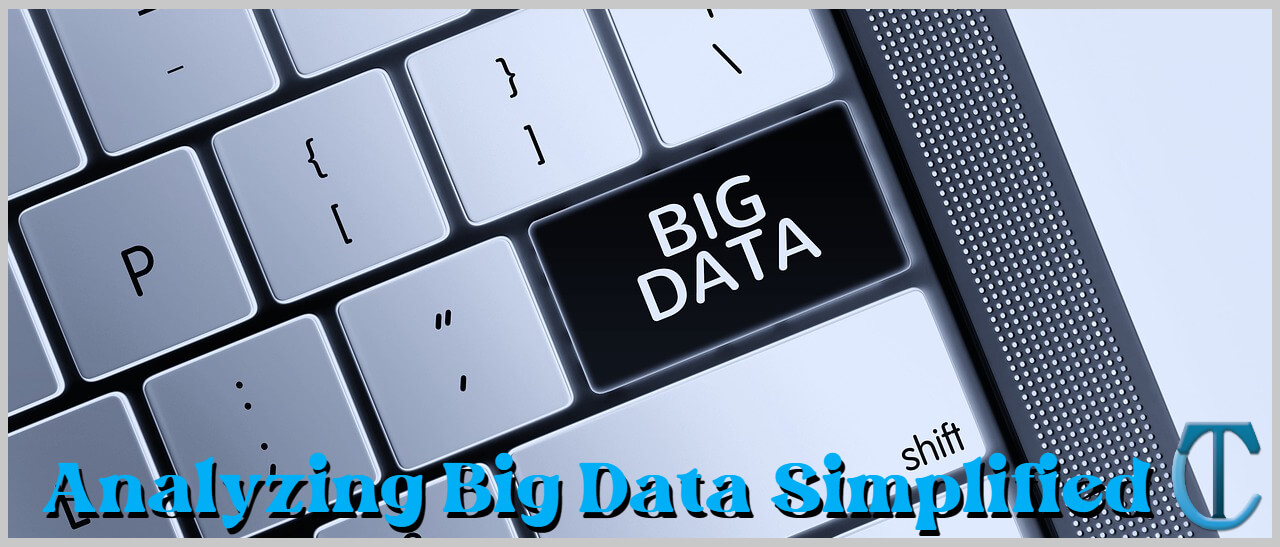Introduction
In this post, let's discuss the integration of Tableau with Hadoop and its potential benefits. It is a fantastic tool that allows you to build great dashboards quickly and, in most cases, without programming skills. Tableau Hadoop is an excellent tool for bringing data together from different sources and creating good dashboards.
Tableau is also one of the few tools that can connect with Hadoop for analytics (especially for BI). The two work together mainly because it brings another layer of analysis to your data by providing a platform to play around with geospatial analysis.
Tableau Data Visualization is the Key to Understanding Millions of Data Points:
Hadoop is a scalable, open-source platform that makes extensive data analysis much more accessible. This software framework uses a cluster of commodity hardware nodes working together as one computer system, supporting the distribution processing of large datasets. This article discusses Hadoop and how to use it for data analytics with Tableau Desktop 10's integration capabilities.
Hadoop is a Scalable, Open-Source Platform That Makes Extensive Data Analysis Much Easier:
It is the best way to get started with big data processing. If you want to use Tableau Hadoop for your business or research project but need help knowing where to begin, this article will help get you started with an in-depth look at what Hadoop can do for you and how it works.
Scalable Processing:
Hadoop uses a programming model based on the MapReduce paradigm to process large amounts of data across multiple computers in parallel. This allows for scalable processing of structured and unstructured data using standard programming languages such as Java, C++, or Python.
Data Stored in HDFS Can Then Be Easily Accessed Using MapReduce, Hive, and Pig:
The next step is to use Hadoop to access your significant data streams. This makes it ideal for processing unstructured and semi-structured information such as text files, images, audio files, or video footage at scale.
The MapReduce model is a flexible programming paradigm for processing large amounts of data across clusters of computers, reducing storage space requirements by orders of magnitude. It allows you to run many jobs simultaneously and then aggregate the results into one big table.
Start Using Hadoop to Access Your Significant Data Streams:
There are many ways to access your significant data streams. You first need to create a table in Tableau, then add a view that uses the Hadoop Streaming API. This will allow you to see the streaming data coming in real-time and visualize it on separate worksheets or dashboards so users can easily follow along with what's happening with their data sets.
It's also essential not only that Tableau has this integration built into its product but also that all of your customers have access to everyone because you can help them get started!
What are the Benefits?
Business Value: Use MapReduce to perform this analysis.
Geospatial Analysis: Combining business value maps with other types such as heatmap or bubble maps.
Ease-of-Use: Thanks to Tableau's ease-of-use, businesses can easily integrate their analytics into their dashboard.
Cost Effectiveness: Combining these analyses with simple queries in SQL Server will significantly reduce the cost spent for doing analytics. This could be money saved on hardware, software licenses or even generated revenues from selling this information.
Conclusion:
So, what are you waiting for? Start using Hadoop and experience the benefits.



Post A Comment:
0 comments: